The Largest and Most Diverse Migration Ground in Japan
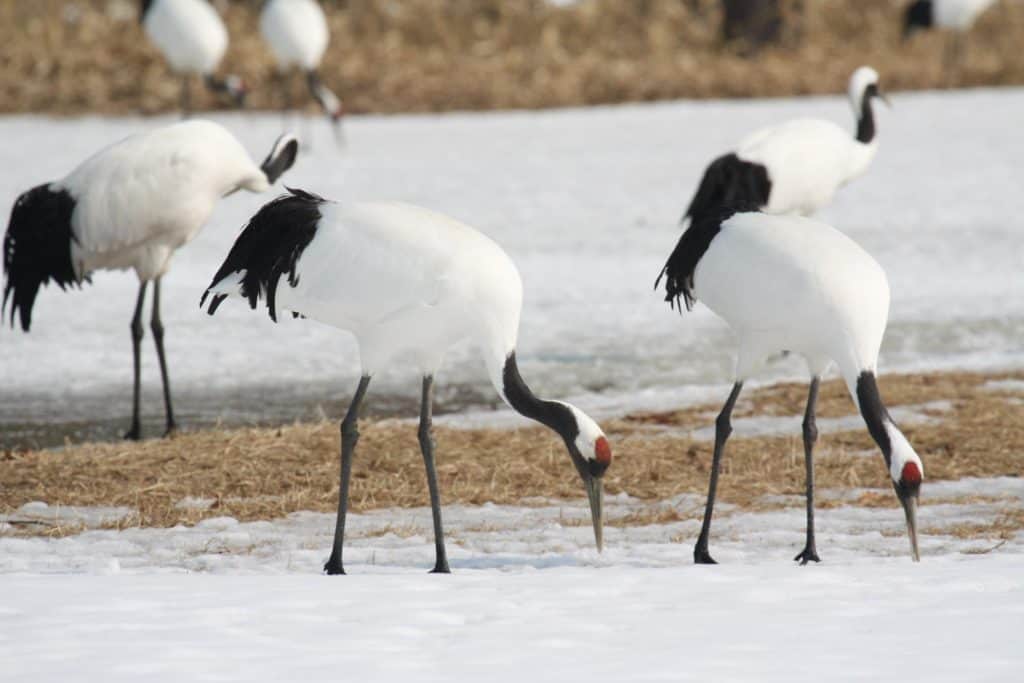
Cranes have long been considered auspicious in Japan, symbolizing good luck and longevity. The most famous cranes are, without a doubt, the elegant red-crowned cranes of Hokkaido, known for their graceful courtship dance.
But down south in a quiet corner of southern Kyushu, a little-known, yet cacophonous, yearly crane party takes place.
After 27 years of living in Kagoshima, I figured it was time to see these amazing creatures myself. I took the mountain road to the northwest and wound my way to the small city of Izumi on the coast near the border of Kumamoto Prefecture.
I was not disappointed.
Cranes Wintering in Izumi
Over 15,000 cranes make the long trip from Siberia and northeastern China each year to winter in the soggy rice fields of Izumi. As many as 15 species of cranes have been known to visit and share the marshy land. No other wetland on the planet in such proximity to humans hosts such a diverse array of crane species.
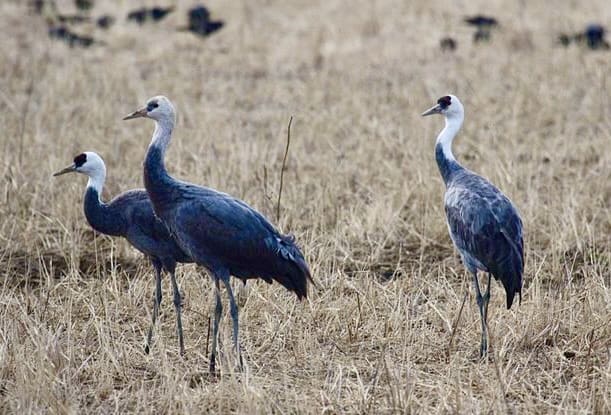
Among the great variety that visits, the vast majority — 15,511 in December 2021 — are the endangered hooded crane with its sooty gray body and white head. That’s a whopping 97% of the world’s hooded crane population.
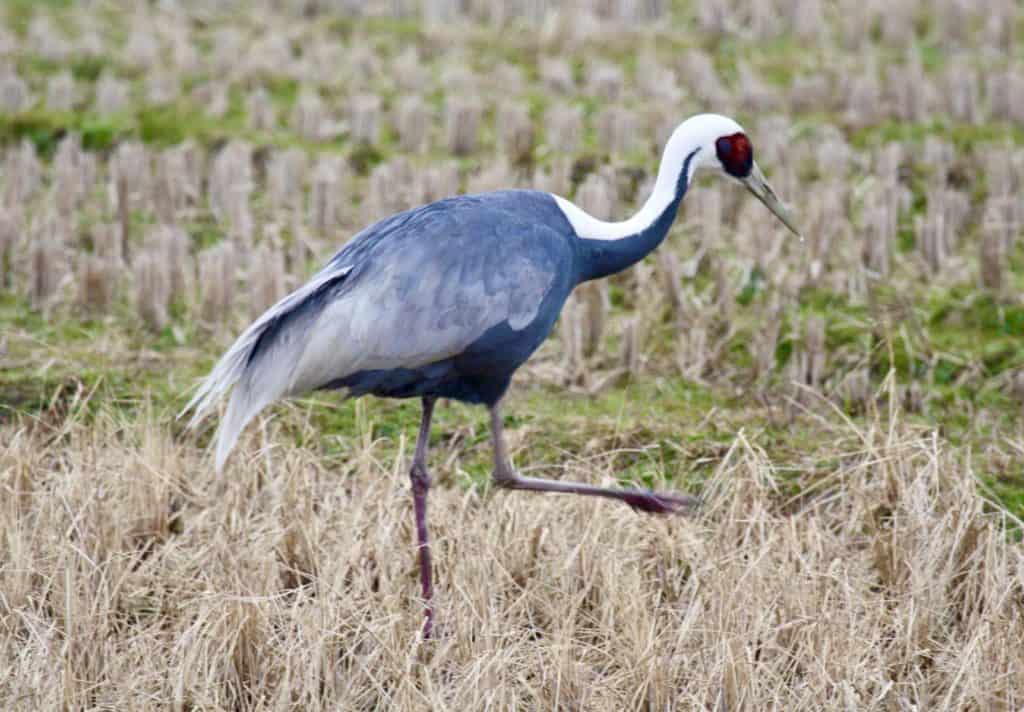
Second in number is the taller red-faced, white-naped crane. About 20% of its population, 1,000-2,000, winter in Izumi each year.
Then just a few of other species — the sandhill crane, the common crane, and the hooded common crane hybrid — can be spotted among the crowds. One solitary Siberian crane was seen in Izumi in 2021.
Not only cranes but thousands of ducks also come to forage and rest. Over 37,000 migratory birds make Izumi their winter home. That’s a big party!
But it wasn’t always the case.
History of Conservation
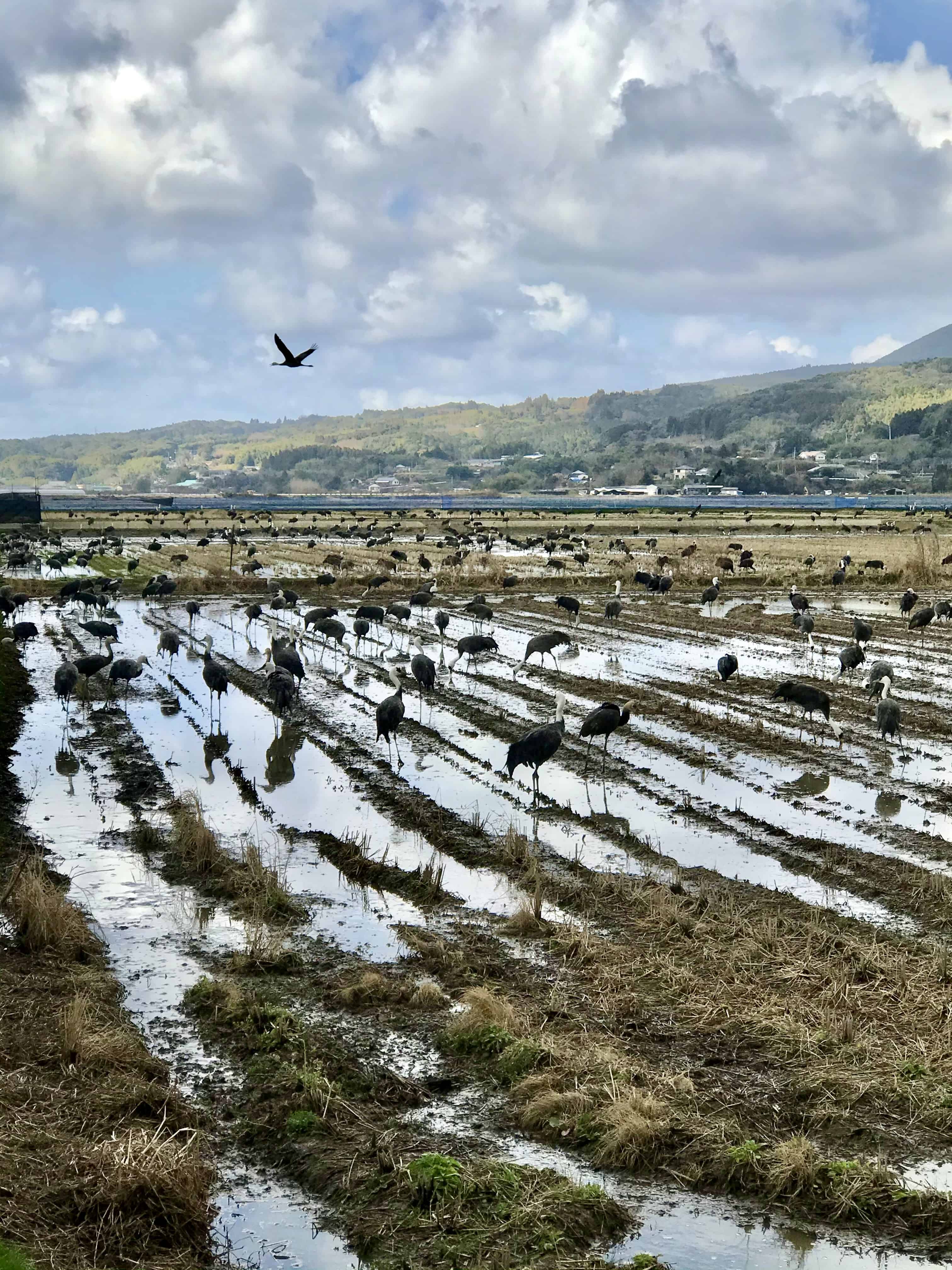
The first cranes recorded to have wintered in Izumi were in 1694, during the reign of shogun Tokugawa Tsunayoshi — nicknamed “The Dog Shogun” due to his many animal protection laws. When Tsunayoshi heard about the cranes of Izumi, he decreed that they be protected. The lords of the Satsuma Domain (Kagoshima Prefecture) followed through, and the number of cranes making Izumi their winter home gradually increased.
Unfortunately, during the early years of the Meiji Era (1868-1912) those protections were removed. Cranes were hunted to such a degree that years passed when not one crane dared to set foot in Izumi.
Thankfully, in 1885, the hunting of cranes was made illegal. The birds started to return. As the years passed, the local people worked to make the cranes a tourist attraction, and a horse-cart was engaged to bring visitors to view the cranes.
By 1919, 150-160 cranes visited Izumi. More and more came by the years until in the winter of 1939, 3,908 cranes were counted on the marshy fields.
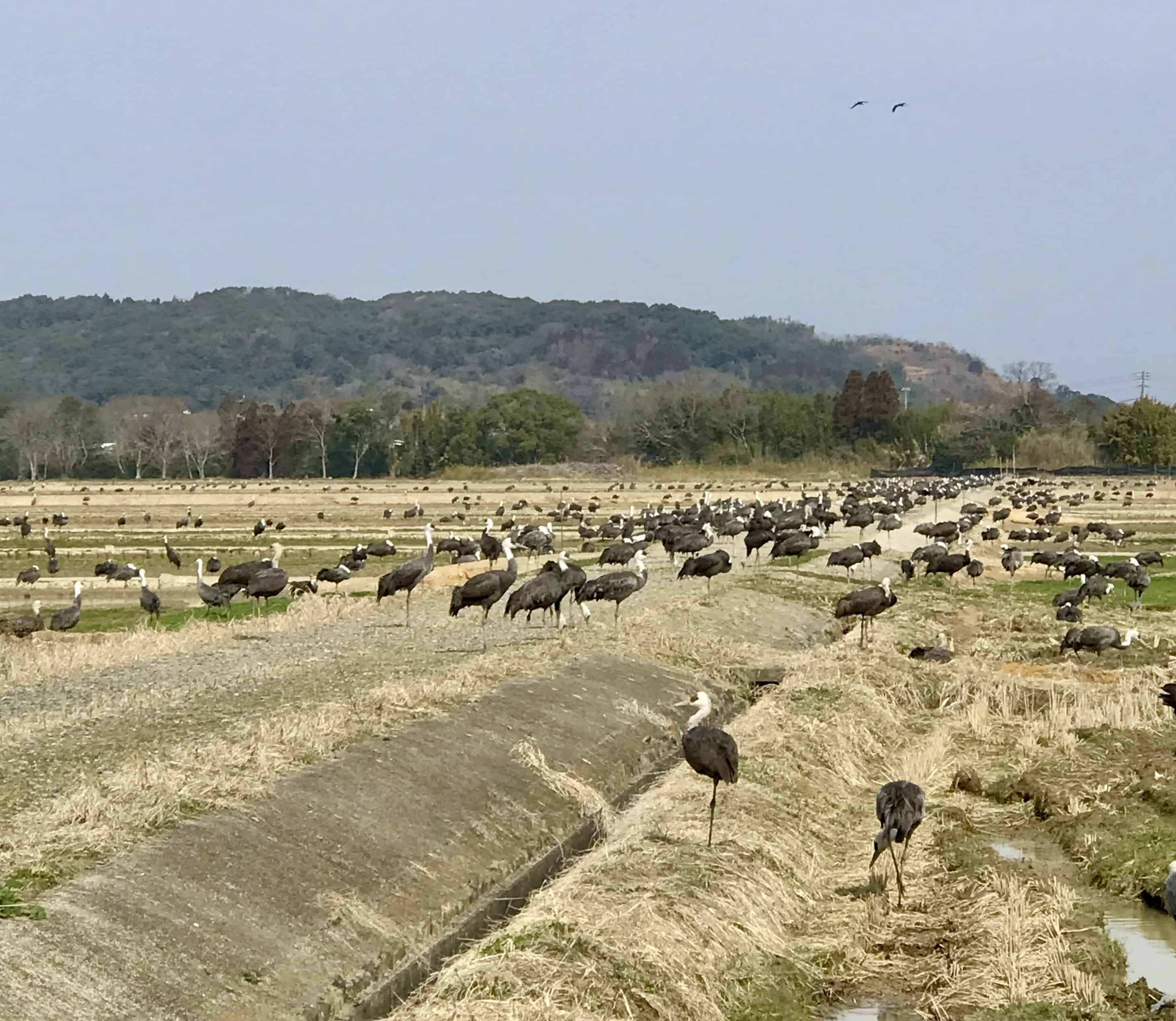
Then WWII brought all conservation efforts to a crashing halt. A navy airfield was built nearby, and any birds that braved the noise and disruption of the airfield were met with starving and desperate people.
In 1947, just two years after WWII ended, 275 cranes were spotted, and the locals again put their efforts into conservation.
Development in the years following the war destroyed wetlands across the country, driving more birds to Izumi. In 1952, the number and variety of birds wintering in Izumi were recognized as the highest in Japan, and the government designated the Izumi migration grounds as a Special National Monument.
In 1962, the Kagoshima Crane Conservancy was established, and their efforts are responsible for the remarkable number of birds we can see in Izumi today. This committee is devoted to the conservation of the birds, studying the genetics of the cranes, and researching the pathogens they carry.
Under the auspices of the conservancy, local junior high school students have been counting the cranes yearly since the 1960s. In 2020, according to their counts, the visiting crane population peaked at 17,315. That is a remarkable feat of conservation.
In 1987, “The Izumi-Takaono National Wildlife Protection Area Special Protection Zone” was created. Then on November 18, 2021, the “Izumi Wintering Habitat of Cranes” was added to the Ramsar Convention’s List of Wetlands of International Importance, putting the tiny town of Izumi on the world map.
The Crane Observatory in Izumi
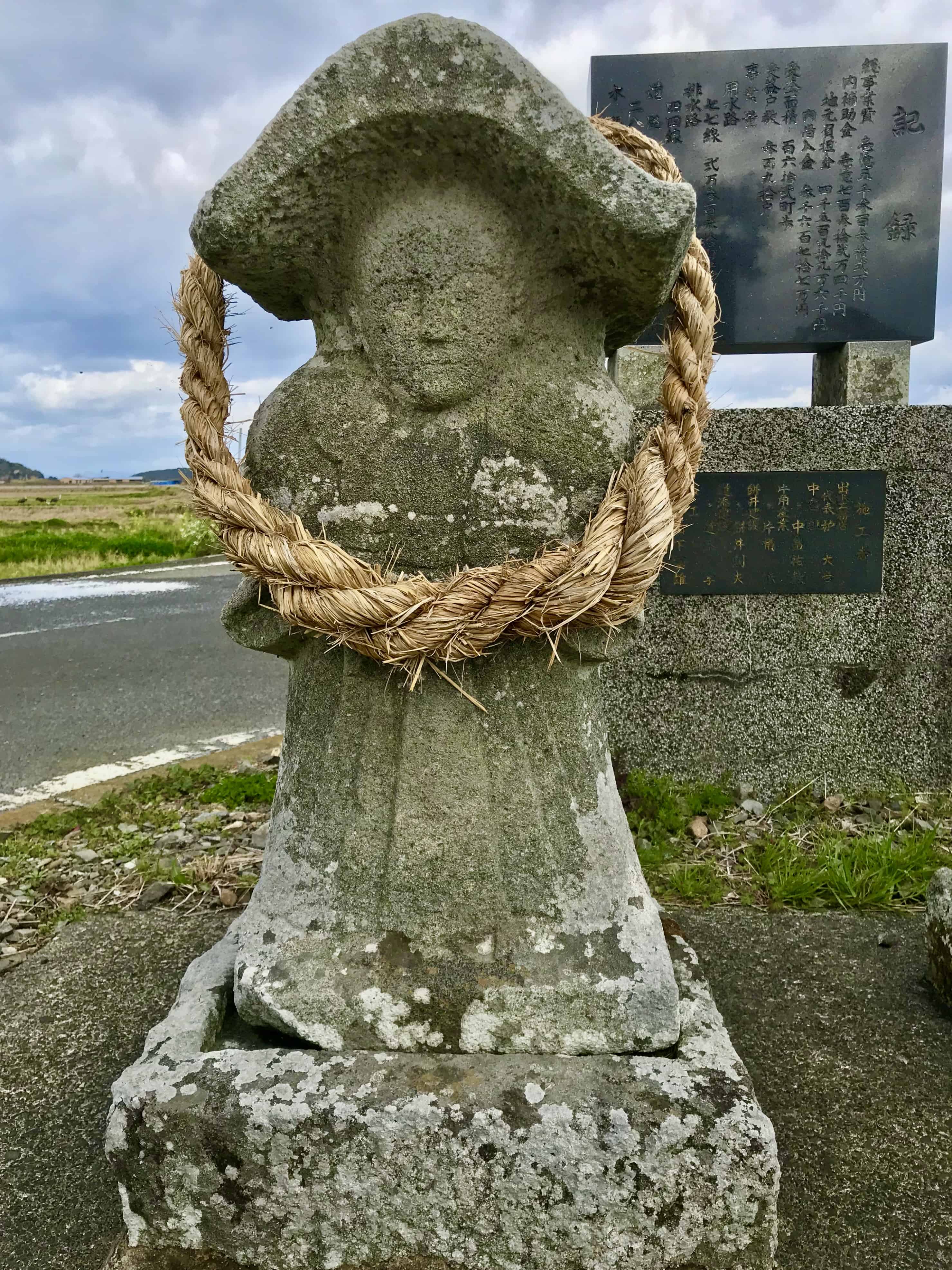
Standing by the entrance to the conservation grounds is a Ta no Kami, or rice field god, granting his blessings and protection to the rice fields — and, I’d like to think, to the cranes.
Each year from November to March, 4.8 square kilometers of paddies are set aside for the cranes, and compensation is paid to the landowners. These marshy grounds are perfect for the cranes, who sleep standing in the water, any ripples warning them of danger.
Just after dawn each morning, one ton of grain is scattered for the birds, to their uproarious delight. Not only does this keep the birds healthy, but it prevents the cranes from making a nuisance of themselves by scavenging in local fields. As spring approaches, the caretakers add small fish to the feed to ensure the birds have plenty of strength for the long flights back north.
Strange behavior in 2022
In late 2022, the Izumi Crane Conservatory counted less than half their average number of wintering cranes. Yet despite fewer cranes, well above the average number of birds have died from avian flu.
Researchers have also noted unusual behavior. They’ve observed cranes circling and circling above the marshy fields and not landing. Instead, after circling, they head off to the northwest as if they can sense the illness affecting their fellows on the ground.
Conversely, the wintering ground in Suncheon, South Korea, to the northwest, is crowded with three times more cranes than usual.
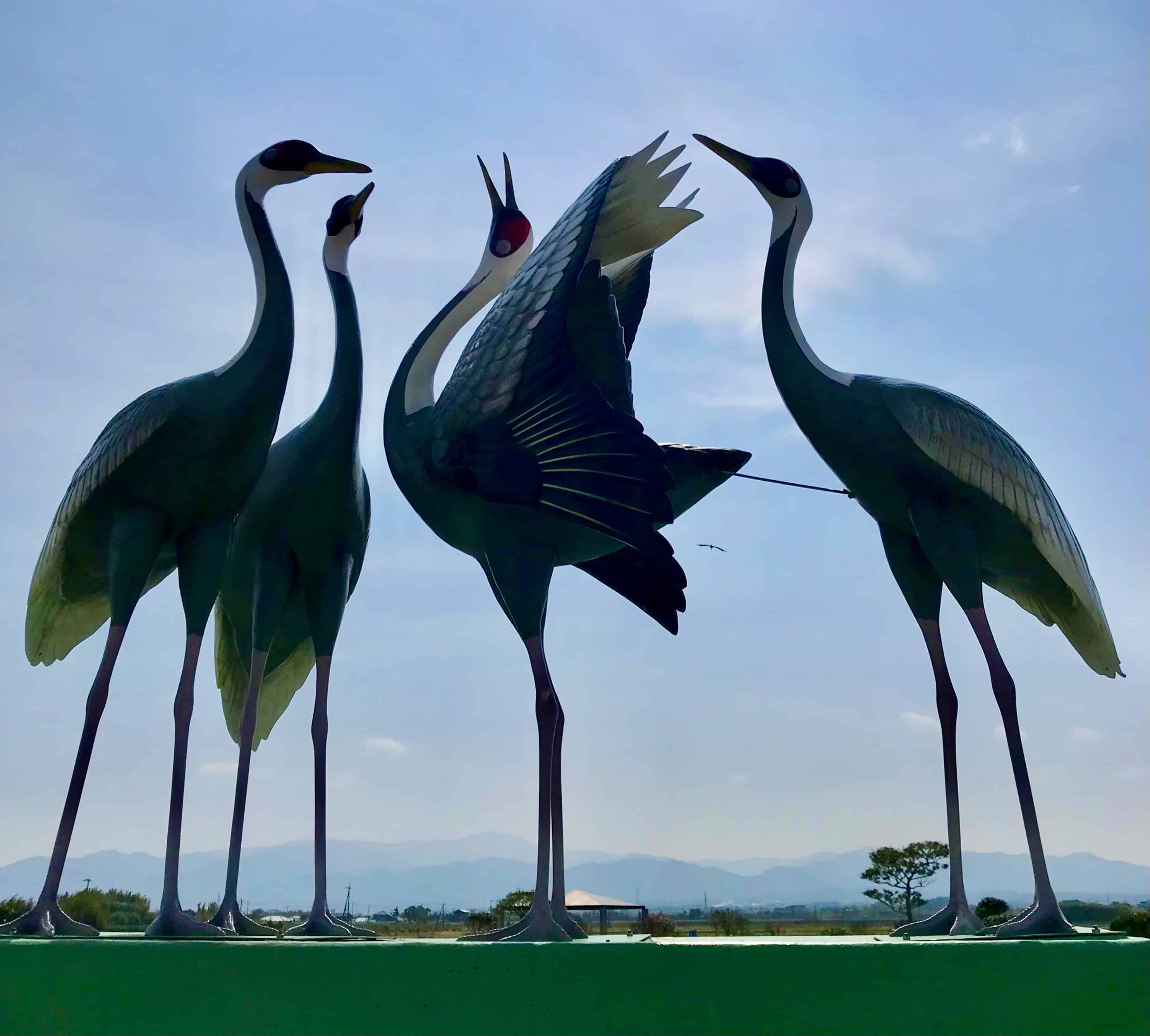
Despite this, there are still plenty of cranes in Izumi. And I was very glad to have taken the time to drive out to the Crane Observatory to visit them.
Sources:
Japan Ministry of the Environment, Ramsar Sites Information Service, visiting the Izumi Crane Observation Center, International Crane Foundation
If you have questions about Japan or suggestions for articles, please add them in the comments. For more photos and information on Japan, follow me on instagram at: https://www.instagram.com/more_than_tokyo/




